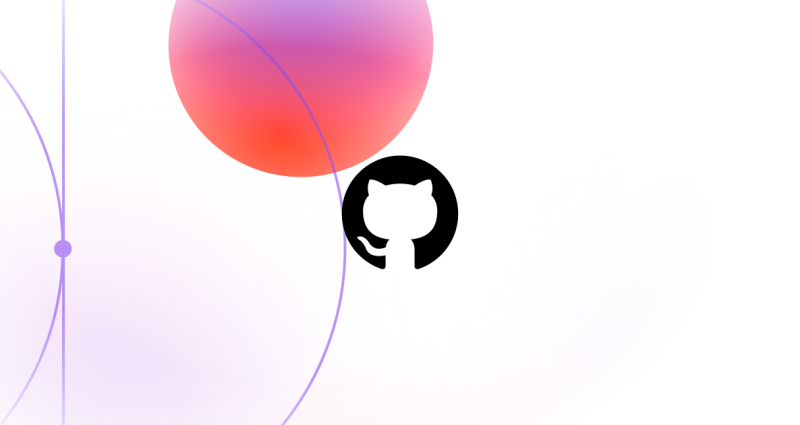
GitHub Fund 2024 and beyond: Looking to the future
Celebrate the first year of GitHub Fund, our first investments, and a brief look of where we’re going.
See the results from a survey of 8,000 students and teachers.

As of July 2018, GitHub Education has helped over one million students learn to code. Teachers around the world use version control to help students collaborate on software, participate in open source communities, and automate administrative tasks. But what impact does using GitHub have on students? What do students learn by using GitHub?
Education General Manager @mozzadrella and I wanted to find out how using GitHub in the classroom shapes learning outcomes for the 2018 GitHub Education Classroom Report. We surveyed 8,000 students and teachers who had (and had not) used GitHub in the classroom. This post will give an overview and key takeaways.
Overall, we found that how classrooms used GitHub matters—and that students benefited from using GitHub in the classroom in a few important ways. Compared to students who didn’t use GitHub in their courses, students who did:
Think of learning outcomes as goals for students. The education field uses these goals to design curriculum and to assess what students know.
In our survey, we focused on these key areas: preparation for the future, classroom experiences, developing a sense of belonging, feedback, and the experience of learning to use GitHub.
We compared answers from respondents who used GitHub and those who did not use GitHub in the classroom. Generally, we looked at what the average respondent reported, so the findings may not apply to every classroom.
Using GitHub (versus not using GitHub) in programming classes predicted greater positive learning outcomes:
Using GitHub (versus not using GitHub) in programming classes predicted a greater sense of belonging, a variable important to academic success:
Of the students who used GitHub in the classroom and received teacher feedback, those who received (versus did not receive) feedback via GitHub benefited more from teacher feedback.
Students felt they used their teachers’ feedback more effectively and found the feedback more helpful:
Students felt their teachers were more aware of their needs as a student:
Students needed more support from teachers and peers when learning to use GitHub. About a quarter of students felt they received less support than they needed from teachers, and about a third of students felt they received less support than they needed from peers.
@mozzadrella, who is also an instructional designer, sees important conclusions in the data around developing a sense of belonging and self-efficacy:
This study offers on-ramps to help more people succeed in Computer Science education. We now know that using GitHub in the classroom predicts a greater sense of belonging, which is related to persistence, overcoming obstacles, and overall academic success.
Feedback is a huge piece of learning, and students say feedback delivered through GitHub is both more effective and more helpful. Better feedback leads to better code. This is an urgent insight that will move the entire education field forward.
The last key insight is about student success: Students who use GitHub in their technical courses report being more prepared for future coursework and for work in industry. This has wide-ranging implications for student engagement in technical education.”
As the school year starts, teachers can use these insights to calibrate for the needs of students. Teachers who are looking for help getting up to speed on GitHub can use the online teacher training in Campus Advisors, or sign up to find out more about GitHub Education.
It was an exciting opportunity to conduct this study. As my background is in psychological research, I’m naturally curious about how different variables shape learning. The big questions we took on challenged me to put myself in the students’ shoes. And as a teacher myself, insight to the challenges students face and how resources may be leveraged to boost positive learning outcomes is incredibly valuable. Thank you to everyone who participated in our research. We look forward to sharing more research findings with you in the future.